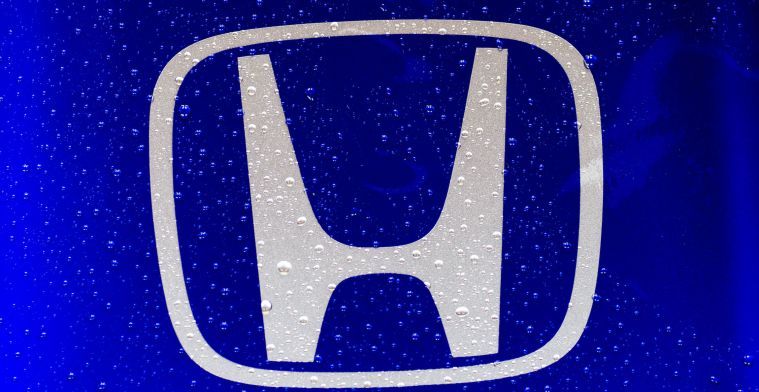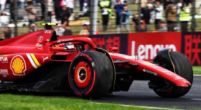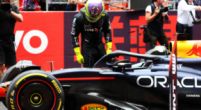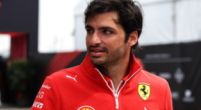Column

Why Honda's comeback is a success for Liberty Media and FIA
Formula 1 is currently doing well; the fan base is huge, a growing number of countries want to host a Grand Prix and sponsors are queuing up. Yet the best evidence of the championship's increased status is the attraction that there is currently from the biggest car brands. That Honda wanted to make its comeback in Formula 1 at any cost is telling and a reward for Liberty Media's and the FIA's policies.
It is an extraordinary list by now: Red Bull-Ford, Ferrari, Mercedes, Alpine (Renault), Audi, now Aston Martin-Honda and possibly Andretti-Cadillac. All (sort of) factory teams filling the Formula 1 grid from 2026. Probably at Formula One Management (FOM) and Liberty Media headquarters, they are looking at all those names with some pride. That a brand like Honda is returning is partly due to the transformational work of FOM CEO Stefano Domenicali and co, and the FIA.
F1 is sexy again
They have given Formula 1 a totally new face, fitting into the current times (on social media, for instance), which has allowed them to touch a new generation of fans. Thanks in part to them, Formula 1 is sexy again. How different it was when Liberty Media took over Formula 1 from conservative Bernie Ecclestone: far fewer fans, who were mostly part of an older generation.
Partly because of this, there were hardly any manufacturers who wanted to attach their names to F1. It was simply not attractive enough to spend tens of millions on a class that had less and less visibility among a broad, global group of people. After all, the investments made by car brands for F1 should eventually pay off in (increasing) passenger car sales. If nobody notices you are competing in Formula 1, what is the point of releasing huge budgets for this form of motorsport?
Sustainability is the key
For a long time, Formula 1 also had an image of being a polluting sport. Largely rightly so, but since the arrival of Liberty Media, one of the objectives is to make the sport more sustainable. Without becoming an all-electric class like Formula E, F1 has already taken the necessary steps to drastically reduce CO2 emissions. This is happening, among other things, with the new engines to be used from '26. Knowing that passenger cars (at least in the European Union) have to get off fossil fuels, the developments that Formula 1 is advocating with their engines are hugely interesting for manufacturers. Of course, F1 is and will remain the testing ground for normal passenger traffic.
Formula 1 will soon be a true brand championship again, with leading manufacturers having their full focus on Formula 1. None of these brands is going to settle for a supporting role, so investment will be maximised in all areas. Hopefully - so FOM and the FIA will think - this will make for spectacular races, in which the totally different teams will be hugely competitive. Again, that would be great for the sport.
FIA very satisfied
FIA President Mohammed Ben Sulayem is very happy that Honda is back: “The continued interest from global automotive giants such Honda shows once again that the 2026 Power Unit Regulations set out by the FIA in collaboration with FOM and the incumbent PU manufacturers struck precisely the right balance to ensure that the FIA Formula One World Championship remains at the forefront of technological innovation, sustainability and competition. As we announced earlier in the year, no fewer than six of these industry leaders have registered their participation for the 2026-2030 regulations cycle – Alpine, Audi, Ferrari, Honda, Mercedes and Red Bull Ford – and I am very pleased that Honda has committed to return to the grid with the Aston Martin team.”



















































